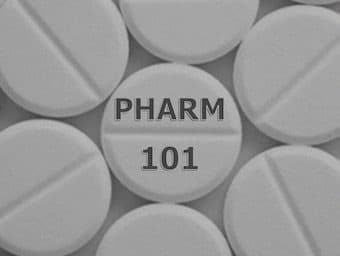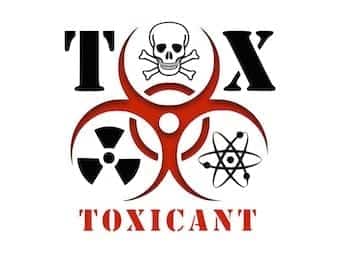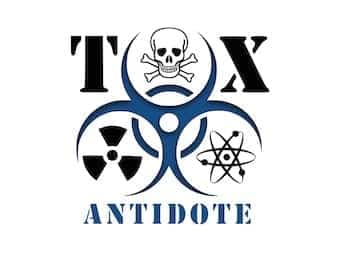
Pharm 101: Ethanol
ACEM Primary Pharmacology of Ethanol: the Pharmacokinetics; Pharmacodynamics; Clinical uses; Adverse effects

ACEM Primary Pharmacology of Ethanol: the Pharmacokinetics; Pharmacodynamics; Clinical uses; Adverse effects

We are all familiar with Ethanol and maybe some of us wouldn't have been conceived without it. However, in your tox patient it causes synergistic CNS depression and even on its own in large doses can be potentially lethal.

Competitively blocks the formation of toxic metabolites in toxic alcohol ingestion by having a higher affinity for the enzyme Alcohol Dehydrogenase (ADH). Its chief application is in methanol and ethylene glycol ingestion, although it has been used with other toxic alcohols. Ethanol is now regarded as the second choice antidote in those countries with access to the specific ADH blocker, fomepizole.

Ethanol (ethyl alcohol) is an aliphatic alcohol, C2H5OH. The primary effect of ethanol is CNS depression, which is additive with other CNS depressants